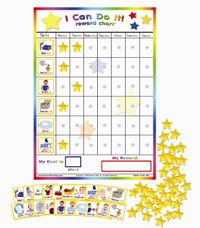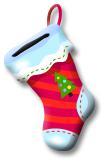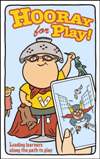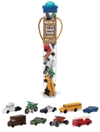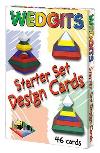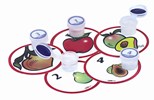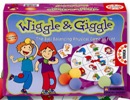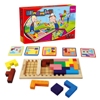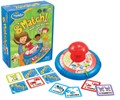“Learning How to Learn”
Teachers and parents are often eager to teacher children language, social and academic skills. Clearly, these are important objectives that are essential for children’s well being. It is generally recognized, that in order for children to be successful in learning these skills that their disruptive behaviors must not interfere in the learning processes. Therefore behaviors such as aggression, non-compliance and self stimulation must be targeted prior to teaching more formal skills. However, there is another critical perquisite skill that is essential in order to maximize learning success. Acquiring “learning to learn” skills is absolutely pivotal in a child’s success. It is really teaching children the process of learning. It is the foundation, perhaps the pivotal skill necessary for them to acquire all other skills. Often when a child is struggling in learning beginning or even advanced skills it is often because the child is deficient in this area. “Learning to learn skills” include some of the following skills:
-
- Attending
- Returning Reinforcers
- Hands Still
- Waiting
- Responding to Instruction
- Changing Behavior Based Upon Feedback
- Learning From Prompts
- Remaining Calm
- “Learning to learn” skills often are not directly targeted. Typically by the time children participate in more formal instruction they have learned these behaviors. However, the majority of children with ASD require direct teaching to understand these critical skills. Therefore, systematic programs designed to teach these critical skills are essential.
This is part of a guest series by Autism Partnership founders Ron Leaf, John McEachin and Mitchell Taubmann. Established in 1994, Autism Partnership is one of the nation’s premier agencies dedicated to providing intensive behavior intervention for children with autism and their families. They offer a comprehensive program and a variety of proven services, including in-home, in-classroom and one-on-one, as well as lectures and workshops. All programs are handled by expert staff and tailored to each individual child, family and caregiver, with the goal of helping that child achieve their best life. For more information, visit www.autismpartnership.com.

